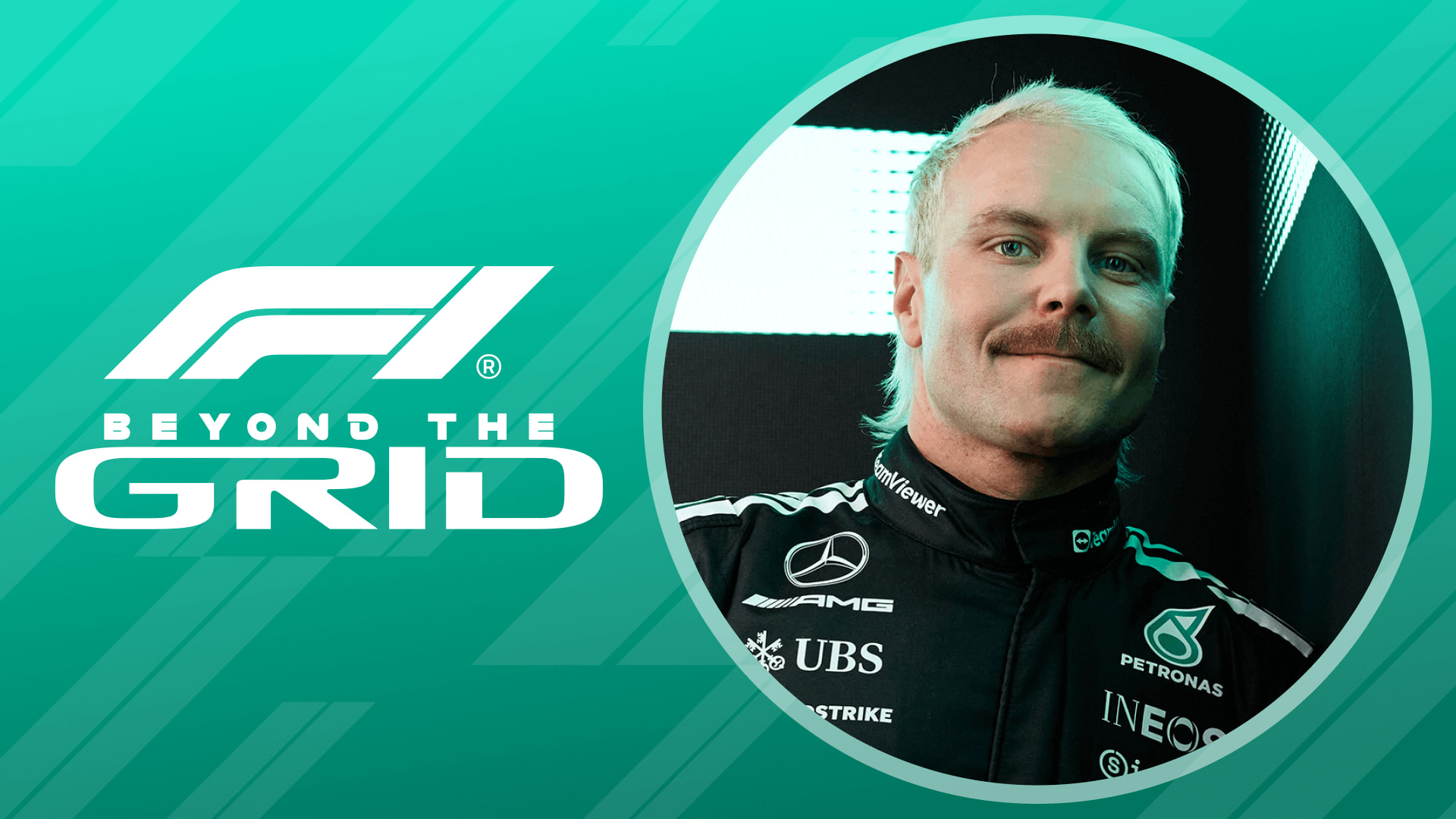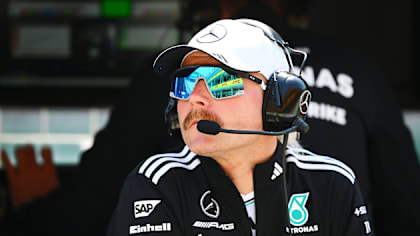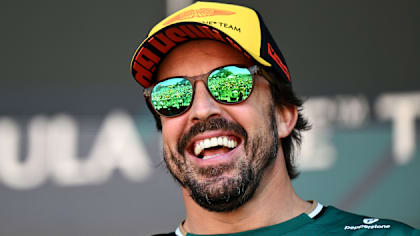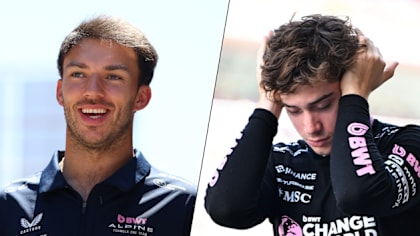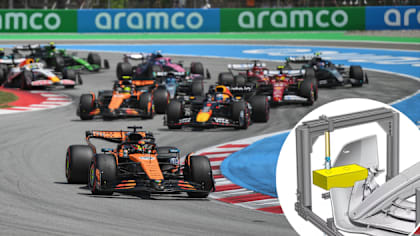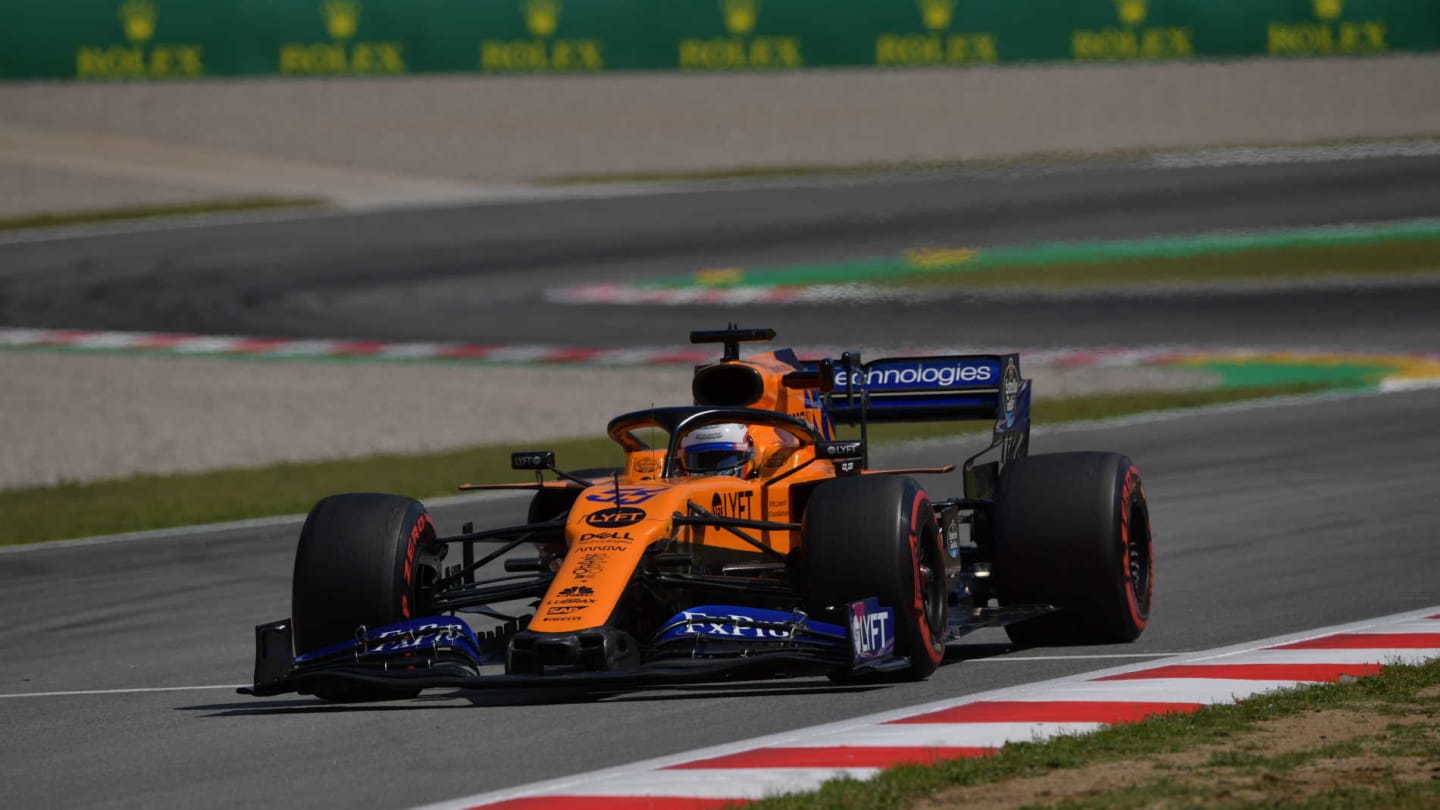
Feature
TRACKSIDE PERFORMANCE ANALYSIS: Comparing the teams through Barcelona’s Turns 1 to 3

Share

To understand the subtleties of car performance and driver technique, there’s no substitute for standing trackside and watching (and listening to) the protagonists at work. It’s there on the ground, metres from the action in a single location, that uniquely different behaviours and approaches become apparent – much more so than on TV. For FP1 in Spain, Mark Hughes ventured to the opening section of the track…
Barcelona’s Turn 1-2-3 sequence is one of the most technically demanding stretches of tarmac of the season. A slow right-handed turn one approached under heavy braking from a long straight, with no time for the car to breathe from that shock before it’s into the medium-speed left of Turn 2 with its uphill exit that invites the driver to hang it over the kerb to maximise exit speed. But that in consequence then potentially compromises your approach into the long, long, blind exit, fast right-handed Turn 3 which keeps the cars under heavy and building aerodynamic load but with the car’s airflow forever in a transient state as it keeps turning relative to the oncoming flow of air.
In reality, the three corners are one long narrative and, as ever, downforce is the dominant character of the story. But the way in which each car shines or struggles varies in each segment, and that in turn determines the shape of that narrative.
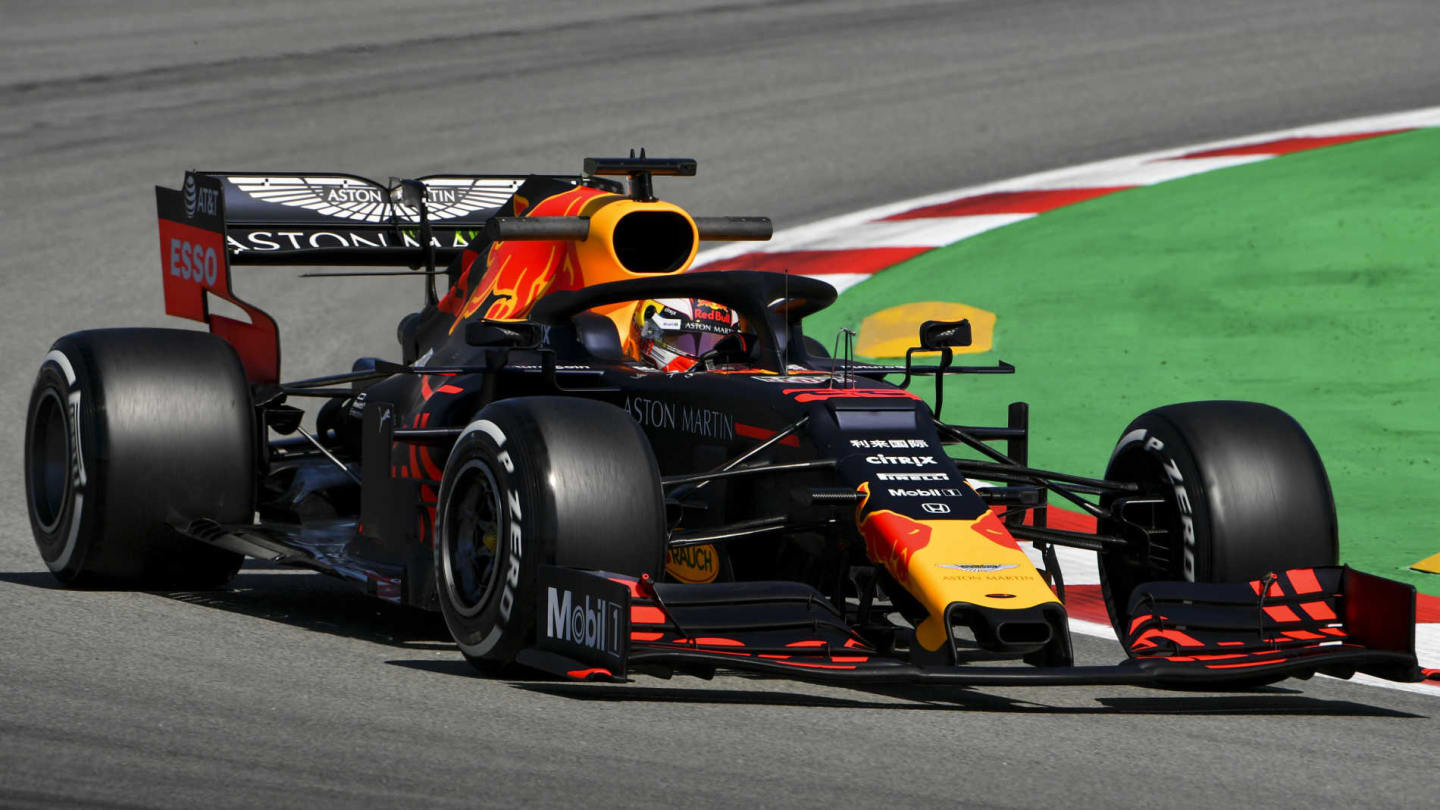
Verstappen is able to carry a lot of speed in a beautiful shallow four-wheel-drift
The crucial delineation point comes somewhere between the exit of Turn 2 and entry to 3 – and the best way to illustrate the distinction between the cars is to look at the two extremes: the shallow entry to 3 of the Williams and the wide approach the Red Bull is able to take. Working back from there, these two approaches have been determined by how much momentum each has been able to carry into Turn 1 and 2.
George Russell’s Williams gets dragged well out over the Turn 2 exit kerbs, giving a niggly little snap of oversteer as it comes off the kerb, this only lengthening the corner further and reducing the opportunity of Russell being able to get over to the left in the remaining distance before needing to turn right. Max Verstappen’s Red Bull, by contrast, even at the pace that its superb low speed grip has allowed it into Turn 1 can simply steer earlier out of 2, meaning he’s lining up the optimum part of the track’s width to turn into 3 at a point where Russell would still be fighting with the exit of 2.
Then standing on the exit of Turn 3, looking back to the cars bursting into view from mid corner, several illuminating things become apparent. As befitting how it approached the turn, the Red Bull comes into the frame well to the right of any other car – even compared to a Mercedes – and it’s carrying a lot of speed, Verstappen actually in a beautiful shallow four-wheel-drift here as he conducts a multiple lap sequence on medium tyres. But, running at the same time, Valtteri Bottas’ Merc has a less extravagant line through there, emerging not as far right but actually carrying even greater speed through the rest of the corner, Valtteri able to lean on it harder from this point onwards than Verstappen can in his car.
SPAIN: Turn 3 analysis
With the rear of his car clearly giving him the sensation of support he needs, Vettel confidently and positively pitches his Ferrari in
Taken as a whole, it all suggests that the Red Bull is perhaps carrying a downforce advantage at lower speeds, but that the Mercedes downforce begins to overwhelm the Red Bull’s as the speeds rise. The Ferrari is carrying a lot of speed through Turn 3 as well but still needs visibly more steering lock than either the Red Bull or Mercedes to keep it on line.
A more extreme version of this trait can be seen from Carlos Sainz’s McLaren and Daniel Ricciardo’s Renault. Kimi Raikkonen’s Alfa loads up well enough in the early part of Turn 3 but then seems to suffer a dead zone around two-thirds of the way through the corner, as if the front wing cannot maintain the initial load as the car continues to turn at building speed.
Later in the session, as Ferrari switch to the soft tyre, there’s a brief glimpse of Sebastian Vettel getting into his comfort zone. With the grip high, and the rear of the car clearly giving him the sensation of support he needs, he confidently and positively pitches the car in, minimising the time taken for the direction change without then upsetting the rear. This is how his best stuff looks – so long as the car can give him what he needs...
YOU MIGHT ALSO LIKE
News Bottas admits Cadillac ‘a very interesting project’
News ‘Aggressive’ Alonso scores first points of the season at ‘special’ home race
News Gasly ‘relieved’ as late Safety Car in Spain leads to points as Colapinto identifies key area to improve
TechnicalF1 Unlocked TECH WEEKLY: How every F1 team reacted to the front wing flexing clampdown in Spain – and what changed on track
